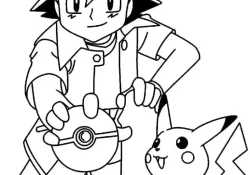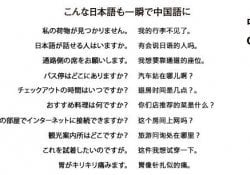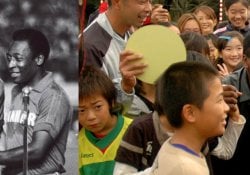Japanese is a very interesting language, full of formalities, dialects and different ways of expressing yourself. So it's easy to imagine that "domo arigato" isn't the only way to thank a person.
In this article, we will learn more than 72 different ways to say thanks in Japanese, as well as the deep and traditional meaning of ”doumo arigato gozaimasu” [どうもありがとうございます].
”Domo arigato” in Japanese is spelled "doumou arigatou" [どうもありがとう], but the spelling "domō arigatō" is not wrong, it's just a different type of romanization. This version is closer to the pronunciation.
I feel uncomfortable writing "domo arigato" in this article, since I'm used to writing "doumo arigato" and I think it's much more correct, but people tend to Google "domo arigato", which is close to the pronunciation.
We also recommend reading:
- Romaji - The Romanization of the Japanese language
- What does Doumo [どうも] really mean?
- What is the meaning of Ohayou Gozaimasu?
Índice de Conteúdo
The meaning of Domo Arigato Gozaimasu
We already wrote an article talking about the meaning of "doumo". In short, it can mean no matter how, anyway, in all cases, for some reason and things like that. In the case of "domo arigato", the adverb "doumo" is used to express humility, and convey an idea of a lot or a lot.
The word "arigatou" comes from the adjective "arigatai" [有難い] which means grateful, gratitude or esteem, and which gave rise to the adverbial conjugation "arigataku" [有り難く]. In reality, the origin is much more complex and follows the following order:
arigato
Formerly the adjective "arigatai" was "arigatashi", the combination of the words "ari" (infinitive of aru, verb to be) and the adjective "katashi" [難し] which means difficult. It originally means hard to be, it's rare, it's special or something worthy of being grateful for.
The Camisaimasu [ございます] that most often accompanies "domo arigato" is just a polite version of desu [です] and can be conjugated in the past tense with "arigatou Camisaimashita" [ありがとうございました]. Its origin comes from the informal keigo language "sourou" and "gozaru".
In short, apparently “domo arigato conveys the idea of priceless gratitude, as if it were difficult to have something that can reward him for the deed, or difficult to have someone like the grateful person. Very different from the Portuguese thanks, which seems like the person was forced to do something.
As already mentioned in another article, the “doumo” [どうも] can mean thanks, quite, really, mostly, in some way despite, no matter how difficult, and it can also be a greeting like hello and goodbye.
“Domo” can be used as a greeting, which conveys a sense of appreciation. It's something you often hear when you enter or leave an establishment. “Hai Domo” is often used for introductions and means Hello Everyone! Hai domo even became a meme on the internet due to Kizuna Ai.
We also recommend reading:
- The meaning of Desu and DA(です/だ) in Japanese
- Keigo – Formality in the Japanese Language
- Yoroshiku Onegaishimasu, What does it mean?
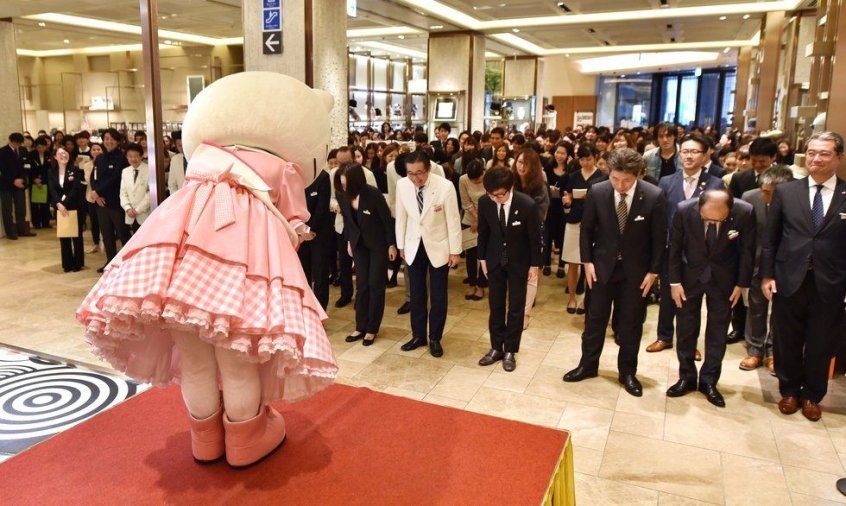
Thank you
Just saying "arigatou" [ありがとう] is an informal way of saying thank you. If you're thanking someone you don't know, it's best to use the respectful form "arigatou gozaimasu" [ありがとうございます] in the present tense or "arigatou gozaimashita" [ありがとうございました] in the past tense. But how do you know when to use each one?
We can use arigatou gozaimasu when we are giving thanks for something that is going to happen or is happening. The arigatou gozaimashita already for something that has already happened in the past or has just happened.
There are no specific time rules to use each one of them, sometimes you enter a store and hear arigatou gozaimashita, you must be confused, but the store owner is thanking you for entering the store and not for the purchase you are going to make. Similarly, it's not a problem to say arigatou gozaimasu after the purchase, but it's better to use gozaimashita.
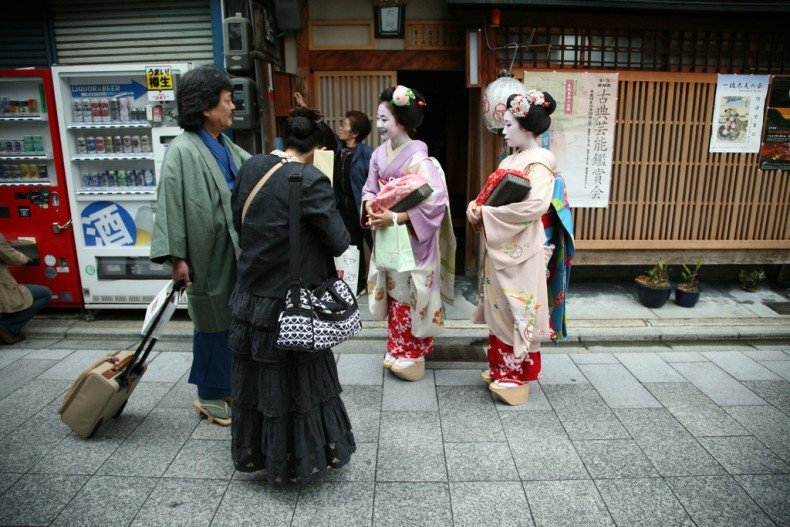
Complementing the Arigato
It's not just the "gozaimasu" needed in a formal thank you. We usually use "Doumo arigatou gozaimasu" [どうもありがとうございます] to thank someone we want to show a lot of respect for.
Sometimes it's normal for people to just use "doumo" hiding the "arigatou gozaimasu", but this should only be used between friends, because it can be rude or mistaken for a greeting.
When we want to say thank you wholeheartedly, or we want to express "I really thank you very much" or "I'm really grateful" we can use the word "hontouni" [本当に] first, which means really and truly.
When someone thanks you can respond by saying "dou itashimashite” [どう致しまして] which means you're welcome, not at all or pleasure is mine. no need", but should be used informally depending on the occasion, as it also means no.
The article is still halfway through, but we recommend also reading:
Summarizing the Arigato Gozaimasu Dome
With just these 3 words, we already have 10 different ways to say thank you, which are:
- Hontou ni arigatou gozaimasu
- Thank you very much
- Arigatou gozaimasu
- Doumo
- Thank you
- Hontou ni arigatou
- Arigatou gozaimashita
- Doumo arigatou gozaimashita
- Hontou ni arigatou gozaimashita
- Verbs in the T form + kurete arigato
The “kurete arigatou [くれてありがとう] allows you to thank using a verb. As an example we can use “tetsudatte kurete arigatou”[手伝ってくれてありがとう] which means thank you for helping me [手伝う].
The kurete [くれて] is like a "for" or thanks "for", since the kurete indicates the giver, the one who does something for you. You can further formalize the sentence by using vemimasu [ございます].
You can use a noun + "arigato" to say thank you for things. If Someone sends you a message, you can say "messegi arigatou" [メッセージありがとう] and stuff like that.
Different Ways to Say Thank You in Japanese
There are thousands of ways to say thank you in the Japanese language, many alternatives to Thank you very much. Below are some of these ways:
Otsukaresama and Gokurosama - Thanking you for your work
At Work we use the expression “otsukaresama deshita” [お疲れ様でした] which means thank you for your work. Used to thank you for your effort or work.
Another way is using the expression “Goukurosama” [ご苦労様] which also means thank you for your hard work.
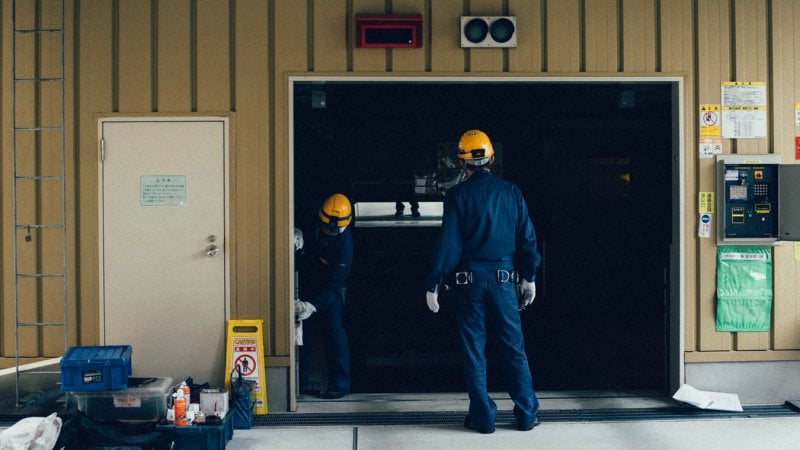
Sumimasen and Moushiwakenai - Apologizing
Use apologies like "Sumimasen" [すみません] can be interpreted as a thank you, like "sorry you had to do that".
Moushiwakenai [申し訳ない] – Means I'm sorry, but it can come across as a thank you for doing a certain thing.
We also recommend reading:
- The habit of apologizing in Japanese society
- What is the difference between Sumimasen and Gomennasai?
- Sorry! 23 ways to apologize in Japanese
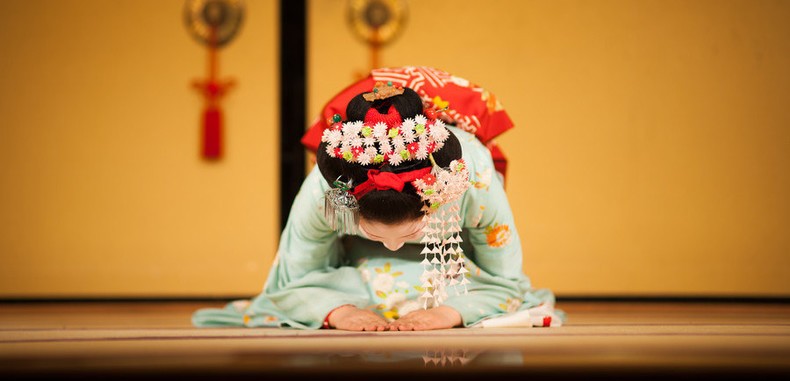
Thanking you on specific occasions
Okagesamade [お陰様で] – Used to ask how we are doing. It can convey an idea of thanks, such as thanks to God or thanks to you.
Kekkou [結構] indicates that it is enough, that you don't need it anymore. It can summarize a thank you, equivalent to the thanks we use when rejecting something. It can also indicate that something was beautiful and delicious.
Omataseshimashita [お待たせしました] Thanks for waiting, sorry for the delay;
It's okay [大丈夫] means okay, don't worry, but it might be a "no thank you", used to reject something.
Kanshashimasu [感謝します] a word that indicates gratitude and appreciation.
Gochisousamadeshita [御馳走様でした] – Used to say thank you for food after meals.
Itadakimasu [いただきます] – Used before meals to say thanks for the food.

Thank you in Japanese over the Internet
beyond the traditional sankyu, on the internet young people usually write abbreviated and varied forms of arigatou that are:
- あざす。Azusu;
- ありー。Arii;
- あーと。act;
- 39 - Representation of sankyu;

Archaic Thanks in Japanese
katajikenai (忝い) – An old way of saying thank you that literally means grateful, a heartfelt thank you.
Osore irimasu [おそれいります] – A form rarely used nowadays, but used to thank customers. You can also highlight your incompetence and thank you for some teaching.
Thank you in Japanese derived from other languages
Some Japanese foreigners or who have spent time abroad may use some slang or ways of thinking derived from other languages. See below:
- Thank you [サンキュ] - From English Thank You;
- Merushii [メルシー] - From the French Merci;
- goulash [グラチェ] - From the Italian Grazie;
Thank you in Different dialects of Japanese
Other ways to say thank you in Japanese vary by region and province. Remember that most of these ways are informal. Below we will leave a list of expressions used in each area:
| Província | Romaji | Japonês |
| Aichi | Katashikenea | 型しけねぁ |
| Akita | Arigatodanshi | ありがとだんし |
| Aomori | Oarinandogoshi | おありなんどごし |
| Chiba, Saitama | Sumaneene | すまねーね |
| Ehime, Shimane, Tottori | Dandan | だんだん |
| Fukui, Toyama, Ishikawa | Kinodokuna | 気の毒な |
| Fukui | Yorokobidegozaimashita | よろこびでございました |
| Fukuoka | Ranranookii | らんらんおーきー |
| Fukushima | Arigadonae | ありがどなえ |
| Gifu | Yoshitayo | よしたよ |
| Gunma | Gottuosandesu | ごっつぉさんです |
| Hiroshima | Arigatoogozanshita | ありがとーござんした |
| Hokkaido | Arigadoosan | ありがどーさん |
| Hyogo | Ookiniarigatohan | おーきにありがとはん |
| Ibaraki | Arigadogozansu | ありがどござんす |
| Iwate | Oarigadogansu | おありがどがんす |
| Kagawa | Okamaina | おかまいな |
| Kagoshima | Okamaina | おかまいな |
| Kochi | Tamarumonkanoo | たまるもんかのー |
| Kumamoto | Choojyoo | ちょーじょー |
| Kyoto | Ookinisunmahen | おーきにすんまへん |
| Mie | Ookinna | おーきんな |
| Miyagi | Arigadogozarisuta | ありがどござりすた |
| Miyazaki | Okkin | おっきん |
| Nagano | Ogottsuama | おごっつあま |
| Nagasaki | Kataigenagozatsutazo | かたいげなござったぞ |
| Nara | Ookiniyoo | おーきによー |
| Niigata | Ogottsuosandesu | おごっつぉさんです |
| Oita | Ookeniranran | おーけにらんらん |
| Okinawa | Niheedeebiru | にへーでーびる |
| Osaka | Ookini | おーきに |
| Saga | Ookiin | おーきーん |
| Shiga | Gottuosandesu | ごっつぉさんです |
| Shiga | Sunmahendoshita | すんまへんどした |
| Shizuoka | Wariittsukene | わりーっけね |
| Tochigi | Arigadoogozeemasu | ありがどーごぜーます |
| Tokyo, Kanagawa, Tokushima e outras. | Arigatou | ありがとう |
| Wakayama | Ookiniwariyoo | おーきにわりよー |
| Yamagata | Oshooshina | おしょーしな |
| Yamaguchi | Arigatoogozarimashita | ありがとーござりました |
| Yamanashi | Arigatoogoisu | ありがとーごいす |
Videos about Arigatou Gozaimasu
I hope you enjoyed this article going deep into the meaning of “domo arigato and presenting 72 different ways to say thank you in Japanese. If you liked it, share it and leave your comments. 本当にありがとうございます!
To end the article, we will leave some complementary videos:

